About Coneflower
A common choice for flower beds, echinacea, or coneflower as it is commonly known, is a herbaceous perennial flower that is native to North America. Most prairies, meadows, and open woods of the central to southeastern United States have been graced with this indigenous beauty. As one of the easiest perennials to grow from seed, echinacea attracts pollinators and makes excellent cut flowers. To truly enjoy their beauty, plant en masse to create a spectacular display that will reward you with year after year color.
When to Plant Coneflower Seeds
Most echinacea seeds need a period of 8 to 12 weeks of cold moist stratification. You can read more about the process of cold moist stratification here. Basically, this process is to mimic a cold winter so that the seeds will germinate after this period. You can complete this process indoors, or you can plant the seeds as you normally would in the late fall or early winter after the first hard frost, just like mother nature would.
If sowing Echinacea purpurea, known as purple coneflower, a period of stratification is not necessary. You can choose to plant these seeds in the spring after the threat of frost is passed or in fall after the first killing frost. Just keep in mind that perennial coneflowers will not flower during their first life-cycle. You will begin to see blooms during their second year of growth, and in subsequent years.
Where to Plant Coneflower Seeds
Choose a permanent position where plants can grow undisturbed by regular digging, as perennial echinacea will live for several years. Coneflowers do best in average, well-drained soil, exposed to full sun conditions. However, they can tolerate partial shade. Prepare soil by weeding it thoroughly, digging it over to loosen it and adding aged animal manure or compost. Keep in mind that soil that is too rich may encourage green growth, but diminish flowering.
How to Plant Coneflower Seeds
Broadcast sow your seeds directly onto the surface of the soil, and compress firmly. However, do not cover, as coneflower seeds require sunlight to germinate. Keep the soil moist and do not allow it to become completely dry. If planting in spring, seeds should germinate in two to three weeks at a soil temperature of 70°F to 75°F. Once seedlings appear, thin to 12 to 15 inches apart.
The germination process for seeds of this variety may be sluggish. Pay attention to the anticipated germination time, exercise patience, and adhere closely to the recommended depth and temperature guidelines to maximize the likelihood of success.
How to Care for Coneflowers
In areas with normal rainfall, manual watering won't be necessary. While coneflower is drought tolerant, it may need hydration if the top two inches of soil is dry. Typically coneflower will not need any fertilization, but if flowers are small or not developing well, use a high phosphorus fertilizer. Regularly remove faded or dead flowers from echinacea during the growing season by deadheading. Utilize sharp clippers to cut off the spent flowers just above a set of leaves. Consistent deadheading helps stimulate the production of more flowers from the plants.
When your coneflower blooms begin to look spent, cut down the plant by 1/3 of its height, which will help reenergize the plant as well as store energy for subsequent seasons. Or, leave seed heads intact over winter to feed birds and provide shelter for beneficial insects.
Customer Photos

Casablanca Lilies and Purple Coneflowers | Melanie Coley from North Carolina

Anticipation! | Theresa from Oklahoma

Bountiful Bouquet | Karina from Vermont

Bee-utiful! | Damon from New York

Wildflower Meadow | Roberta from West Virginia

Purple cone flower | Debbie from Ohio

Spunky Swallowtail | Chris Schmehil from Wisconsin

Front cottage garden | Susan from New York
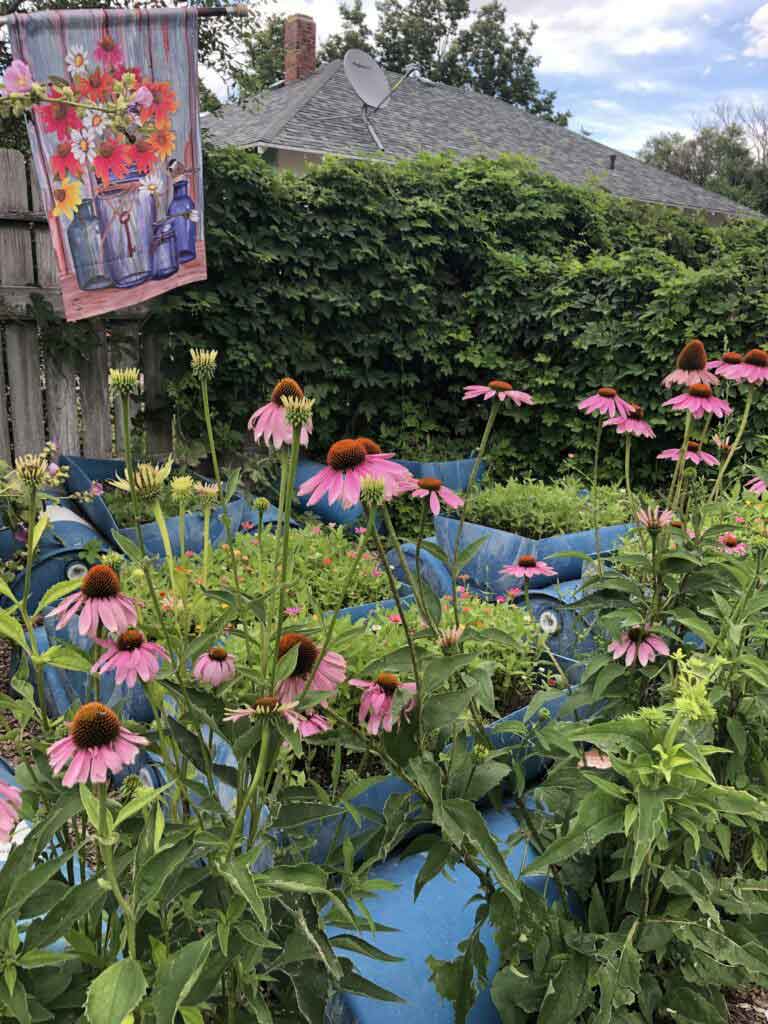
Purple cone flowers | Pam from Nebraska
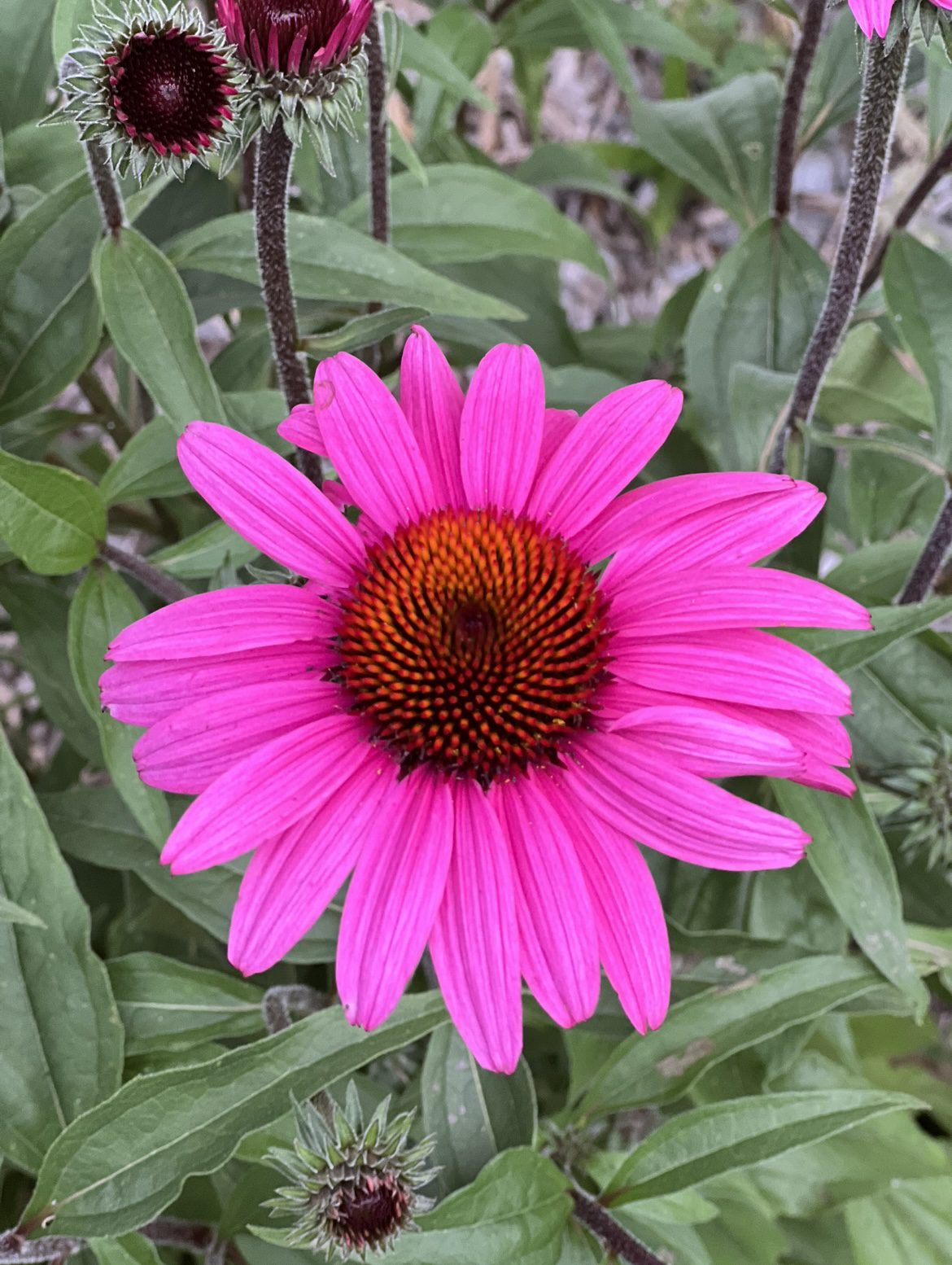
Purple Coneflower | Treylee from Wisconsin

Wedding Flowers Harvest | Treylee from Wisconsin

Bouquets of homegrown flowers | Treylee from Wisconsin
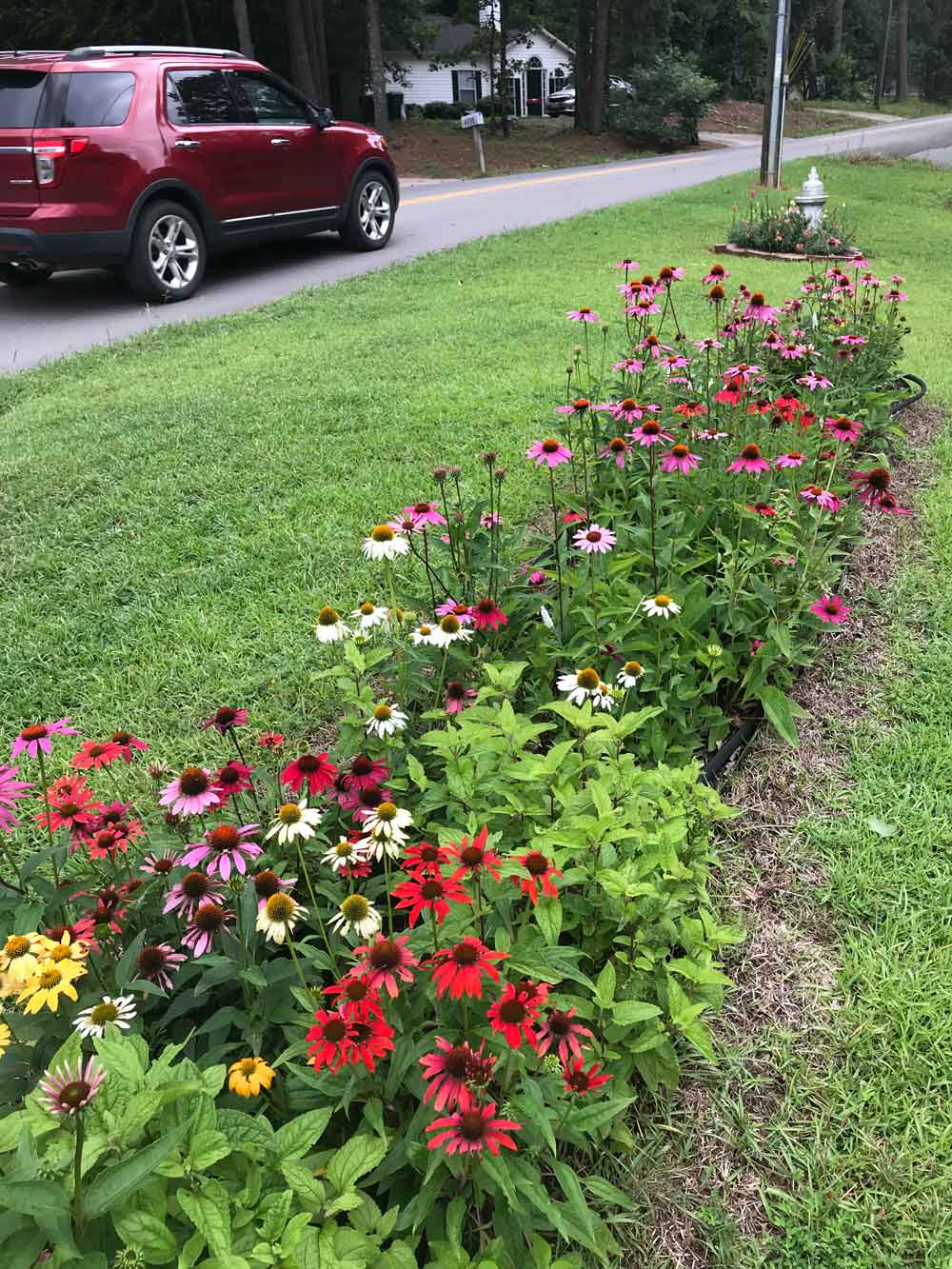
My Perennial Bed | Carol from Georgia
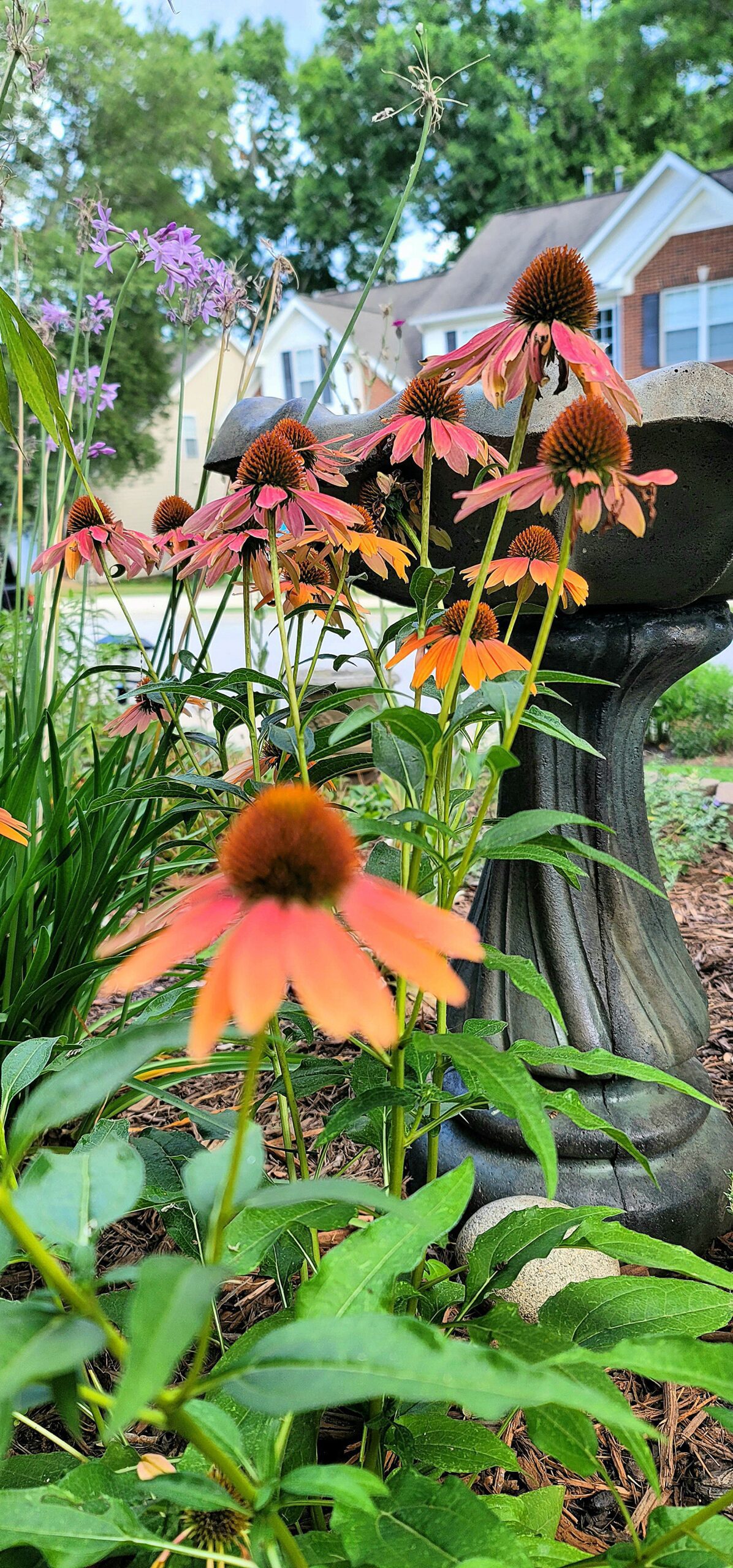
Sombrero Echinacea (coneflowers) | Richie from South Carolina

Janet’s Garden 3 | Janet from Connecticut
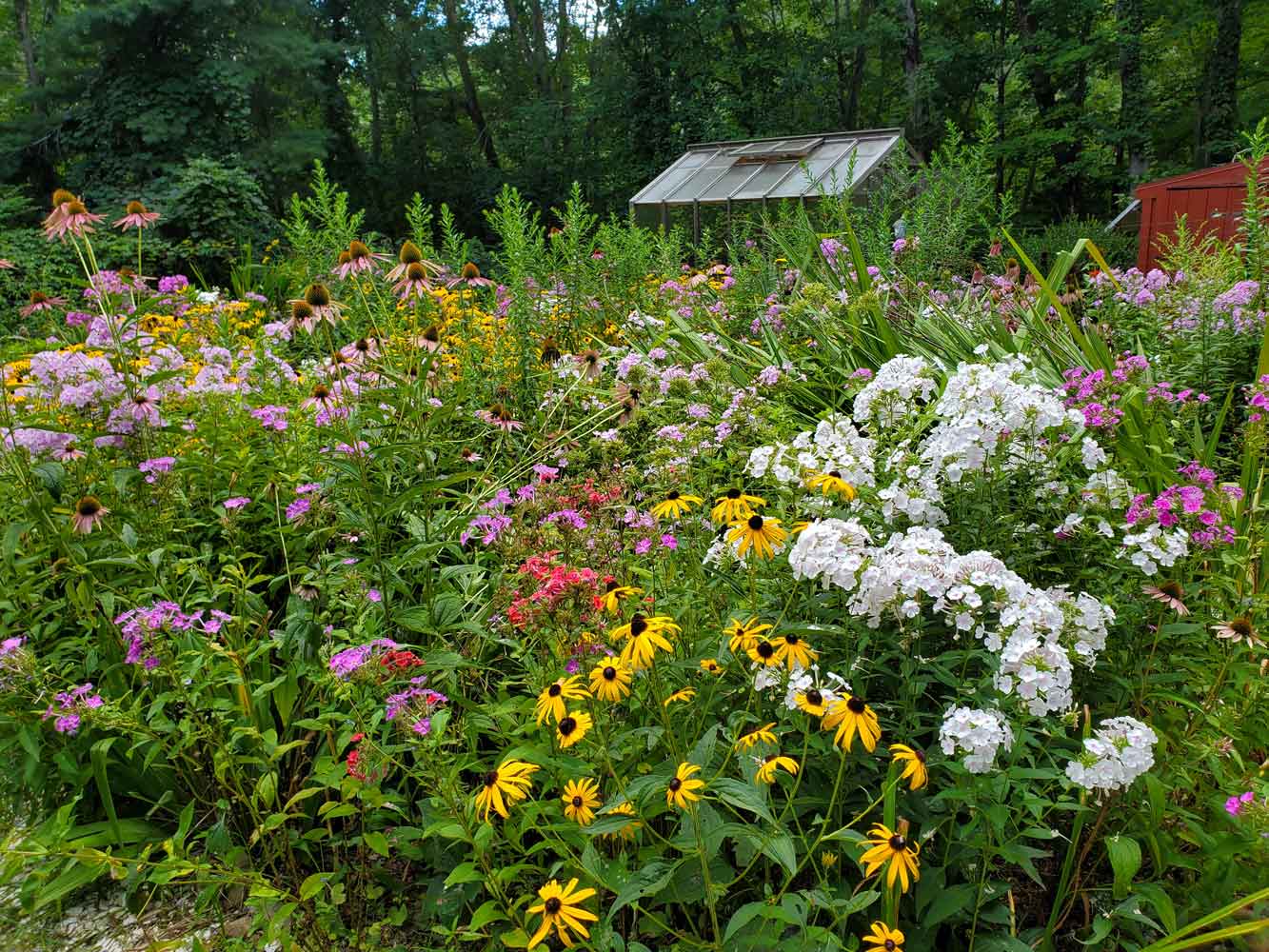
Janet’s Garden of Black Eyed Susans, Coneflowers, and More | Janet from Connecticut

Prairie Garden in Urban Setting | Terry from Missouri

Happiness is blooming! | Vicky from Indiana

My Butterfly Garden | Bette from New Jersey
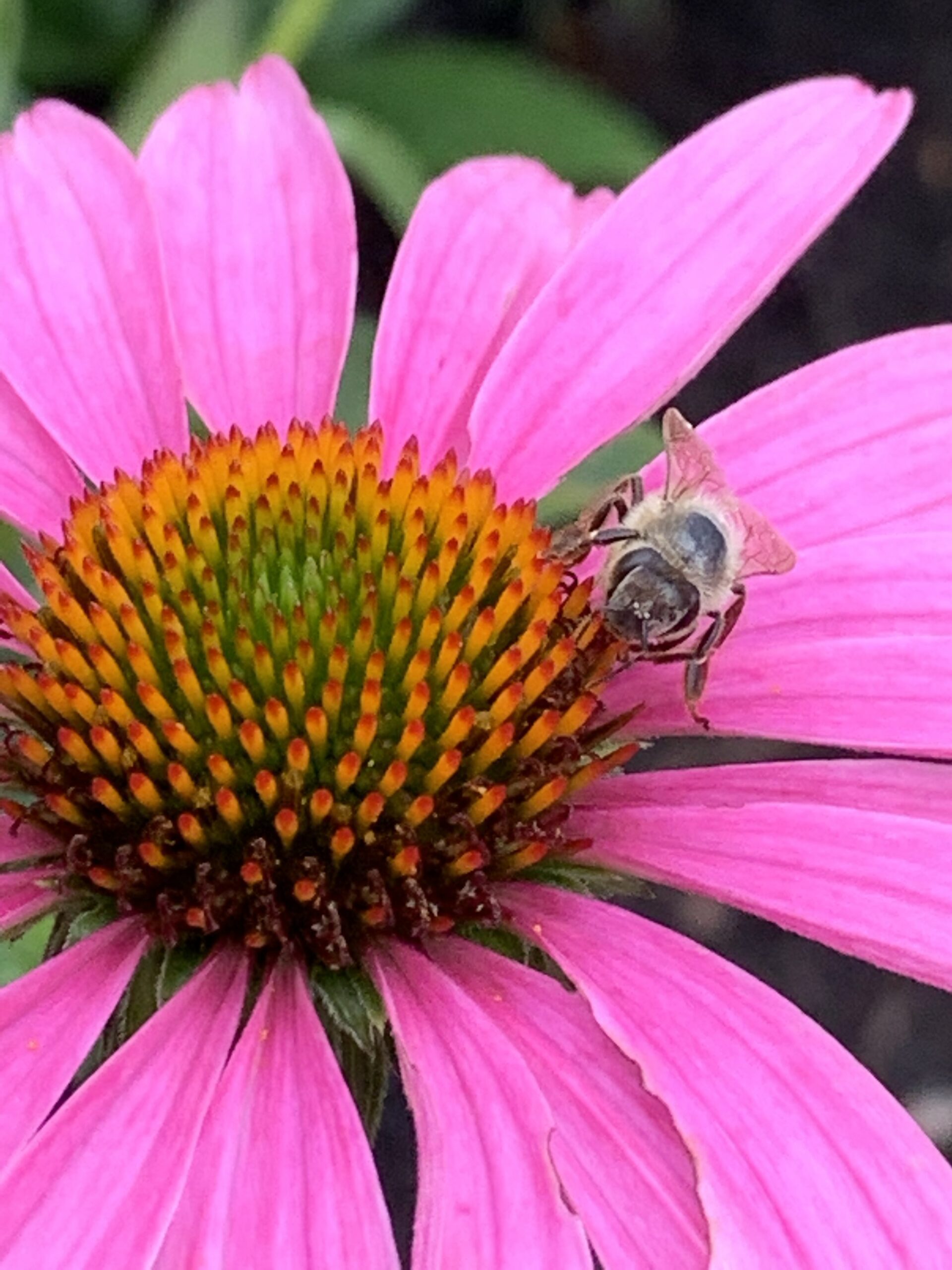
My yard | Chris meece from Ohio
